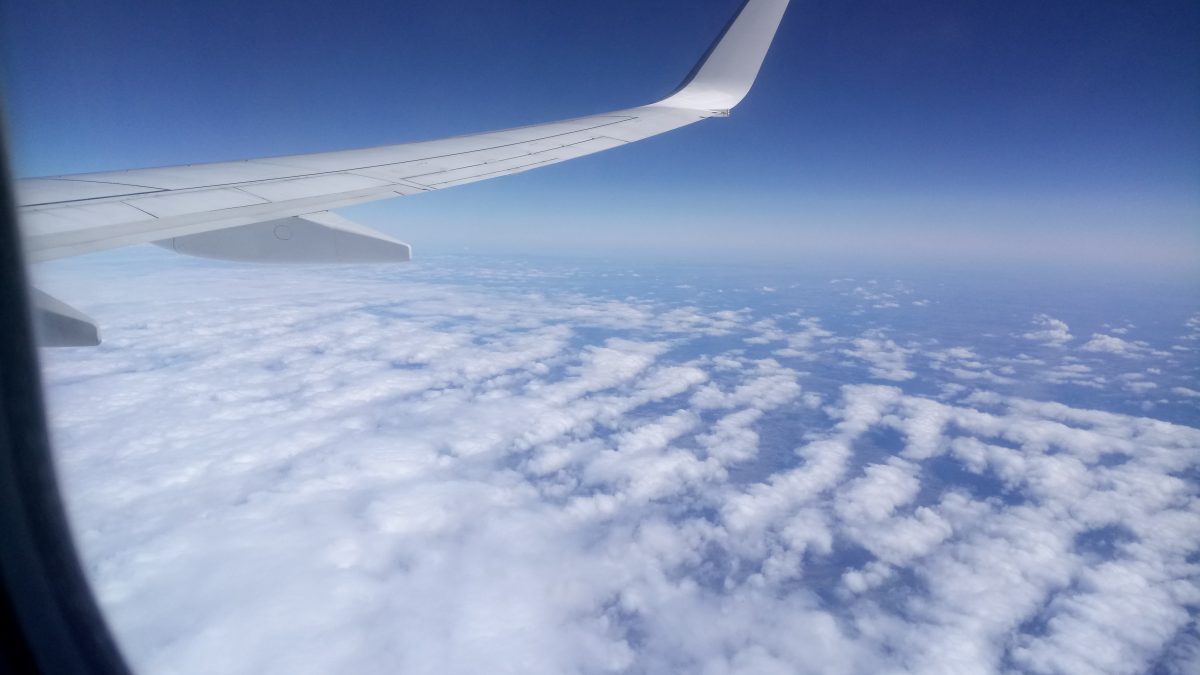Returning home on Virgin Australia’s workhorse
After spending four days enjoying the sights and sounds of northern NSW back in autumn 2018, it was time for me to head back home, but this time out of Brisbane International (BNE) onboard Virgin Australia Boeing 737-800, VH-YFP.

After a two hour drive I arrived at Brisbane’s domestic terminal and checked in before continuing through into the departure gate, unfortunately without any view whatsoever. Boarding was on time, and I was soon seated in row 30 with a right-hand window view. Unfortunately, as it turned out, there were a number of accompanied, and unaccompanied minors seated around me, with a penchant for kicking and squealing.
As we taxied out for a Runway 19 departure I spotted a number of interesting airframes, including a number of former Austrian Airlines Fokkers out at the Alliance Airlines hangar.


Air Niugini Boeing 767-300 
Alliance Airlines Fokker 100 Smithy’s FGB Livery 
Recently arrived Austrian Airlines Fokkers
After a brief hold behind a China Southern Airbus A330-300, we took off into a moody sky and made a southerly turn.
As we settled into our cruising altitude the crew came round with the standard Virgin Australia snack and drink, and I went back to filling in my planespotting logbook and staring down at the coastline below.

Other that briefly seeing a Qantas 737 zoom past a few thousand feet below us, it was a fairly uneventful flight, and soon enough we began our descent into Hobart’s recently extended Runway 30 for a rather firm touchdown.
Other than VH-LYM, a Cessna 650 Citation owned by Westpac bank, and VH-VUL, another Virgin Australia 737, the tarmac wasn’t too busy. Overall it was a pleasant flight, just a standard Virgin Australia domestic service pre-pandemic.

VH-YFP has since been withdrawn from the Virgin Australia fleet, as a part of their restructuring as a smaller carrier post-COVID-19. With the airframe now stored at Goodyear Airport in the US, and re-registered as 2-VYFP, it faces an uncertain future. Though, its relatively young age (7.5 years) should help it find a new owner as the industry begins to recover.


